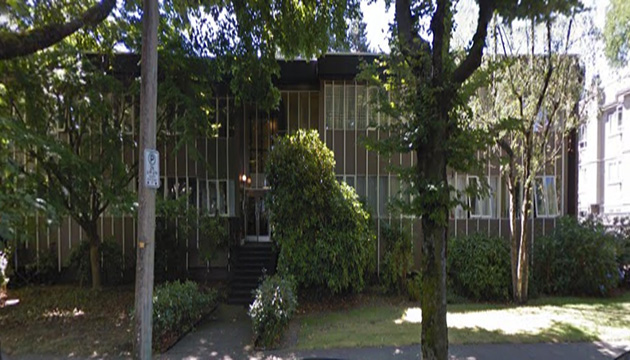According to the 2021 Census, international migration remains the main driver of growth in Canada which welcomed 113,699 immigrants in the first quarter of 2022 alone, the highest in any first quarter reports since 1946.
Canada relies heavily on immigrant workers so much so that with job losses due to the pandemic in the last two years, immigration will be even more critical to strengthening the labour market.
Canada has become an attractive adoptive homeland to Filipinos over the years. The number of Filipinos in Canada almost doubled in 10 years, and had the highest growth rates among visible minority groups from 2006 to 2016, based on the 2016 census. The 2021 Census is expected to confirm that the number of Canadians of Filipino descent will hit the one million mark.
There are several categories or classes of immigration available to those interested in moving to Canada: economic class, family class and refugee class. This first of this series will tackle the first category: economic class.
Several pathways fall under the economic class that prospective immigrants may choose from.
The most popular is the Express Entry under which falls even more specific immigration programs.
The Canadian experience class (CEC) is designed for those who have at least one year Canadian work experience in the last three years prior to application. This online application system is probably the most popular and deemed least restrictive among those who enter Canada as international students or temporary foreign workers, both granted temporary resident status upon landing.
In order to acquire temporary resident status as an international student, one has to have a valid letter of acceptance from a designated learning institution (high school or post-secondary institution), proof of financial support and other documents that the accepting school may require. Because international tuition fees are not subsidized by provincial governments, interested applicants can expect to pay at least $30,000 a year for tuition alone. This amount does not include admission fees, student union dues, books, medical insurance and other living expenses.
The contentious caregiver program is a temporary foreign worker program that has been availed of by Filipinos in the last few decades. Through the years, caregivers who arrived in Canada through the program have struggled to successfully acquire permanent resident status so much so that the program itself has morphed into various iterations, pilot programs and promises to speed up granting of permanent resident status to caregivers. A serious problem to consider with this program is the heavy backlog in the processing of applications for permanent residency which could take at least 3 years.
The Federal Skilled Worker Program (FSWP) is a stricter pathway to Canadian permanent resident status in that applicants must have skilled work experience in very specific occupations in the National Occupation Classification (NOC) job groups: managerial jobs (skill type 0), professional jobs (skill level A), technical jobs and skilled trades (skill level B). This program has its own set of criteria as well and is even made more difficult if the applicant acquired their education outside of Canada. A valid job offer is also an application requirement.
The third pathway under the Express Entry is the Federal Skilled Trades Program designed for skilled workers in the trades. Like the FSWP, applicants using this pathway have to prove work experience in specific job groups in the NOC and provide proof of a valid job offer. Some of the skilled trades include industrial, electrical, construction, equipment operation and manufacturing trades.
(Part 2: Entrepreneur-type visa programs - scheduled for the next CFNet edition on July 16)










